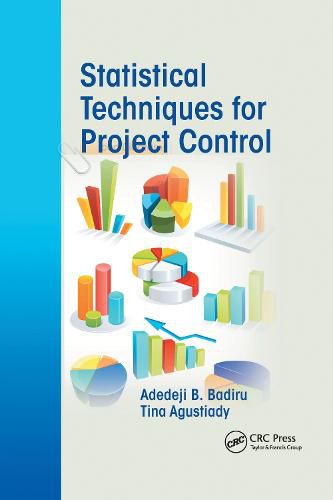Readings Newsletter
Become a Readings Member to make your shopping experience even easier.
Sign in or sign up for free!
You’re not far away from qualifying for FREE standard shipping within Australia
You’ve qualified for FREE standard shipping within Australia
The cart is loading…






Winner of the IIE Book of the Month for June 2012
A project can be simple or complex. In each case, proven project management processes must be followed. In all cases of project management implementation, control must be exercised in order to assure that project objectives are achieved. Statistical Techniques for Project Control seamlessly integrates qualitative and quantitative tools and techniques for project control. It fills the void that exists in the application of statistical techniques to project control.
The book begins by defining the fundamentals of project management then explores how to temper quantitative analysis with qualitative human judgment that makes project control nebulous but also offers opportunities to innovate and be creative in achieving control. The authors then discuss the three factors (time, budget, and performance) that form the basis of the operating characteristics of a project that also help determine the basis for project control. They then focus on computational network techniques for project schedule (time) control.
Although designed as a practical guide for project management professionals, the book also appeals to students, researchers, and instructors.
$9.00 standard shipping within Australia
FREE standard shipping within Australia for orders over $100.00
Express & International shipping calculated at checkout
Winner of the IIE Book of the Month for June 2012
A project can be simple or complex. In each case, proven project management processes must be followed. In all cases of project management implementation, control must be exercised in order to assure that project objectives are achieved. Statistical Techniques for Project Control seamlessly integrates qualitative and quantitative tools and techniques for project control. It fills the void that exists in the application of statistical techniques to project control.
The book begins by defining the fundamentals of project management then explores how to temper quantitative analysis with qualitative human judgment that makes project control nebulous but also offers opportunities to innovate and be creative in achieving control. The authors then discuss the three factors (time, budget, and performance) that form the basis of the operating characteristics of a project that also help determine the basis for project control. They then focus on computational network techniques for project schedule (time) control.
Although designed as a practical guide for project management professionals, the book also appeals to students, researchers, and instructors.